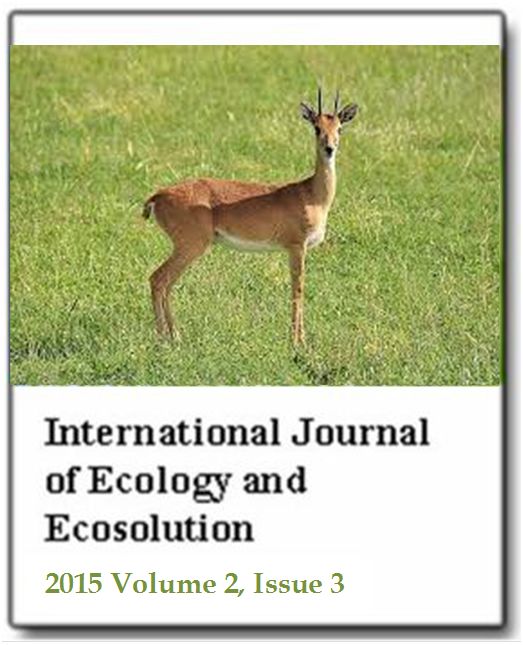Climate change and the challenges of flood mitigation in Calabar urban, south-south Nigeria
Inah E. Okon, Chima O. Ogba, Marcus A. Idoko, David D. Eni and Richard O. SuleInternational Journal of Ecology and Ecosolution
Published: July 28 2015
Volume 2, Issue 3
Pages 41-48
Abstract
Flash floods occur due to rapid accumulation and release of runoff water from stream to downstream usually caused by very heavy rainfall. Calabar urban suffers from comparatively high flood risk because of changing population trends, diversity in and changing land use, obsolete drainage infrastructure and most significantly climate change effects. This paper examined the fragile geomorphic state of the city and thus its vulnerability to potential flood events. This enabled us to determine the spatial flooding situation and the degree of the city’s susceptibility to flooding using geographic information system. We therefore captured and integrated into a common geo-referenced model factors such as, sea level rise, increased annual precipitation and changes from previous vegetated surfaces, availability and non-availability of drainage infrastructures. The identified flooding indicators were represented as thematic layers which we subsequently simulated to generate flood vulnerability map. The statistics of the digital elevation model (DTM) showed that more than 60% of the entire study area is on lowland flood plain (0 to 90 m), while about 40% is occupied by medium height of about 95 m up to about 160 for highest places. Rainfall data reveal highest maximum rainfall amount of 828.2 mm in July 2005 for the decade (2001 to 2011) and a general increasing trend from available data in the Calabar Meteorological Centre. This study revealed that the study area just like all floodplains is highly vulnerable to flash floods. There is therefore urgent need to manage the problem by identifying suitable water drainage channels and sites, particularly floodplain areas that are not suitable for locating physical infrastructures. Green infrastructure, water retention facilities like water plazas, swimming pools, canal system and enforcement of land use codes were recommended as effective flood management strategies.
Keywords: Climate change, digital elevation model, geographic information system, flooding, vulnerability.
Full Text PDF
